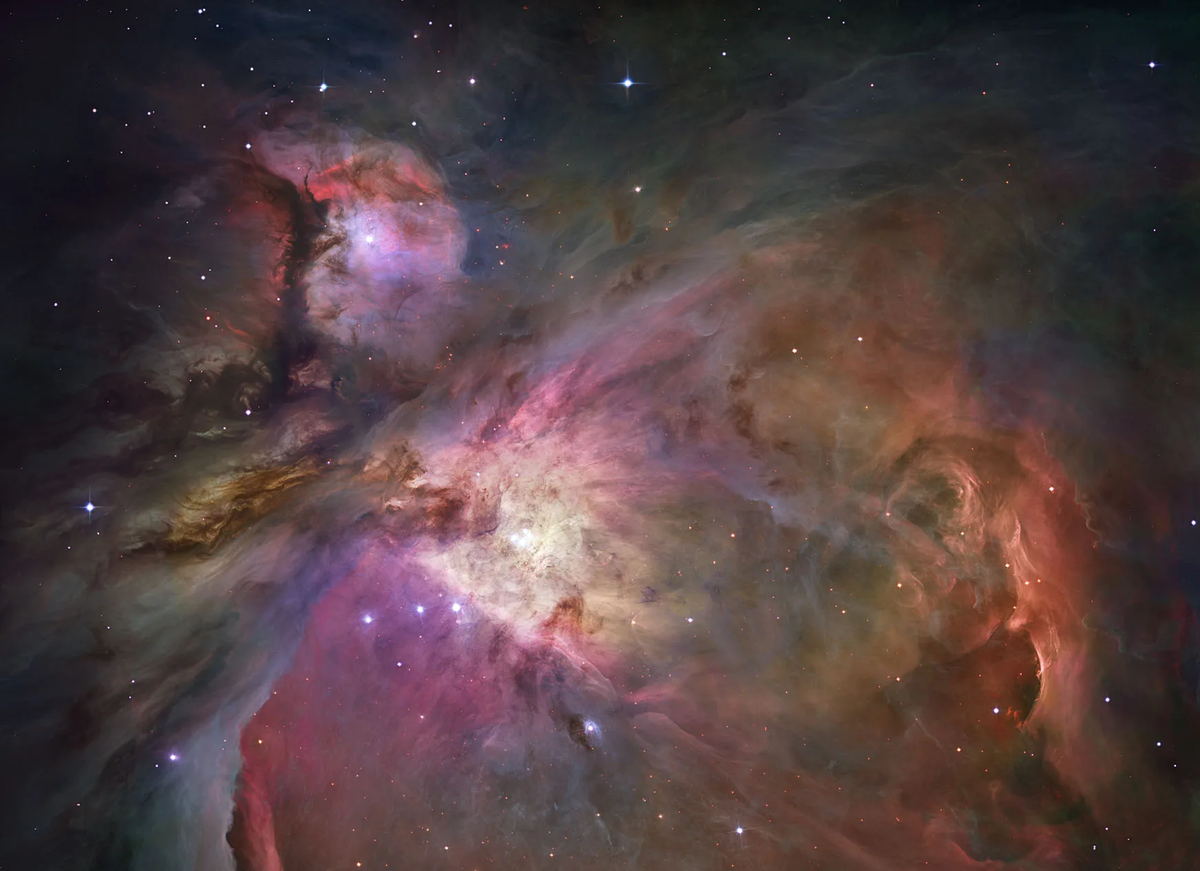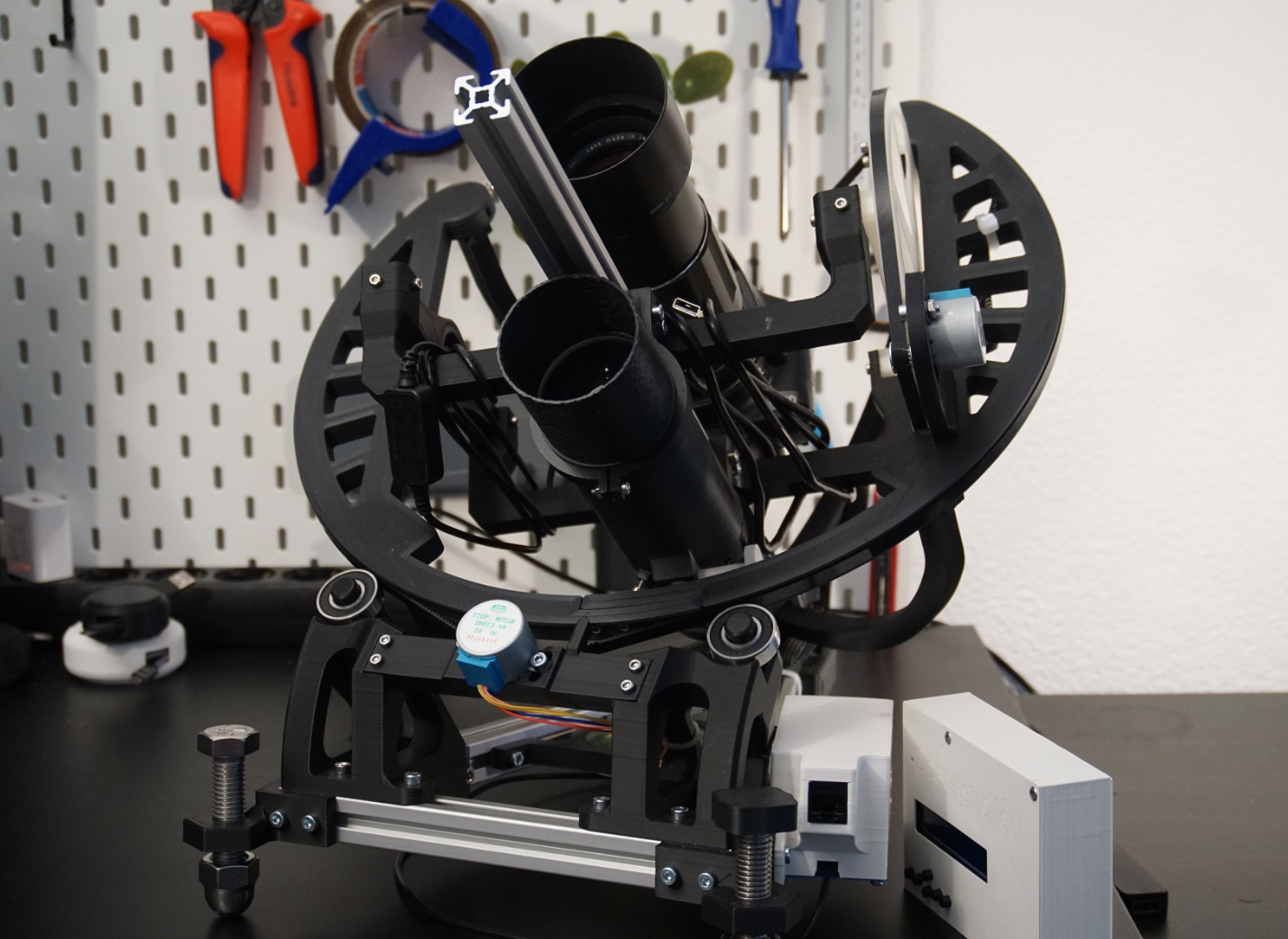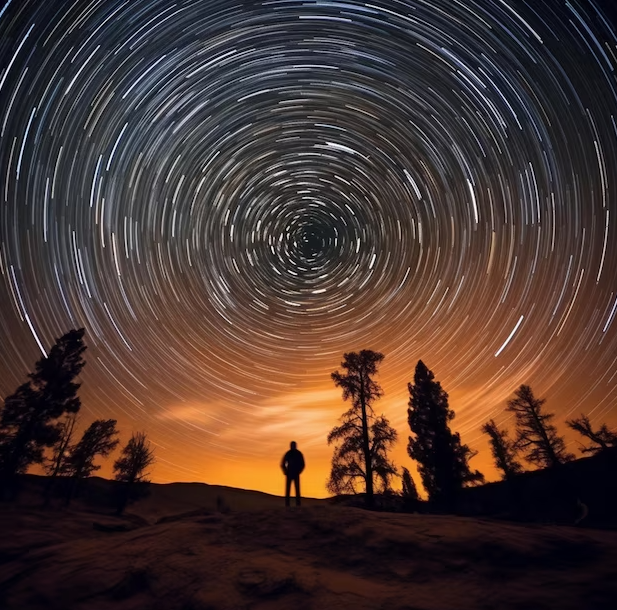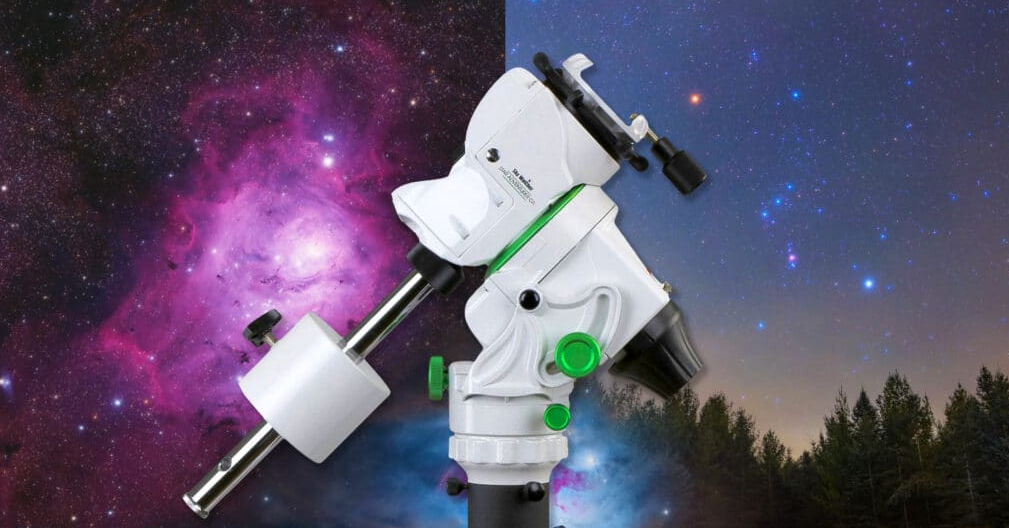A Hyperfixation switch

I still have the universal hub, sim wheel and a dashboard in the works, I haven't put them fully aside. Mainly waiting on some parts to show up and some extra time to put some designs together. This weekend was taken up by the graveyard shift in the Majors 24 at Le Mans. This was my first race in iRacing and my first 24 hour and not only did we finish, we placed 13th. Not a steallar result but frankly finishing was our only goal, so it's a win in my book.
Now, while I haven't been actively working on the sim stuff I've been deep diving into astrophotograpy. This is a complex and very opinion filled area of photography, I think mainly because it's hard and highly time consuming. Doesn't matter what techniques you use they all commonly have the same requirements, time and patience. One of these I have a fair bit of, the other not as much.
On top of signing up to races I keep forgetting that I signed up for, like the 6 hour this weekend immediately after the 24. I don't see myself managing a lot of imaging nights so I'm gonna nerd out the managing bit - a star tracker.

I found an open source star tracker that is substantially cheaper than an off the shelf solution. It'll get me used to the softare and whats required for taking the photos, before looking at going further and imaging some of the feinter deep space objects we can see on the southern hemisphere.
To view deep space objects you need to collect the light they emit. Since deep space objects are very far away (we're talking hundreds of millions of lightyears away) you need to somehow collect the small amount of light they emit. You do this by observing the same spot in the sky at night for a long time. You can do this by mounting a camera on a tripod and taking a long exposure photo, however, you'll find the photo you take won't be of that same spot but a swirl of stars.

This is because the earth is spinning relative to the stars so you need to conteract the spin with a star tracker. This is the most important part of deep space object imaging. This keeps the area of interest in the view of the camera to collect all of those little photons. This however also intoduces another hurdle, dark skies don't last forever and the amount of nightime you get changes with the seasons. So you want a reliable setup that is easy to setup and make use of all the time you get.

Going the DIY route isn't exactly known for being reliable, but it is cheap and I like to tinker so open source is perfect. I've seen some reports of the OpenAstroTracker not being accurate but I have a feeling those users were trying to image something very small with a long focal length scope. I don't see something being made of printed plastic being sub arc second accurate so I would expect some blurriness. I could be wrong and some tuning will get it accurate enough to spend multiple days imaging the same target.
I've always bee interested in space and almost anything to do with space. I'm quite excited to attempt to create my own images of it and it's many interesting structures. It'll be a few weeks before I'm doing anything with the setup but watch this space for hopefully some cool space photos!
